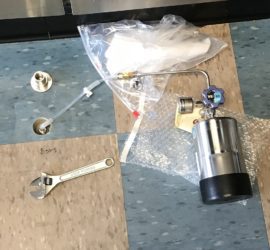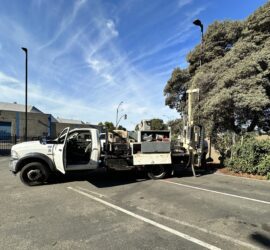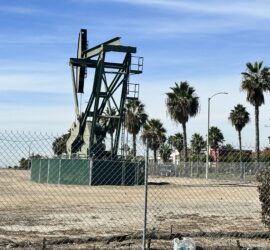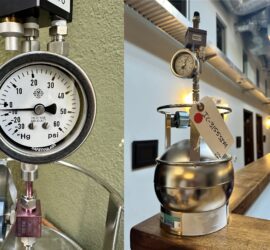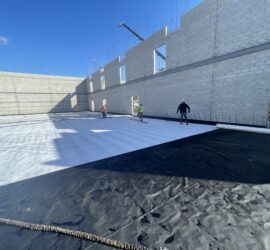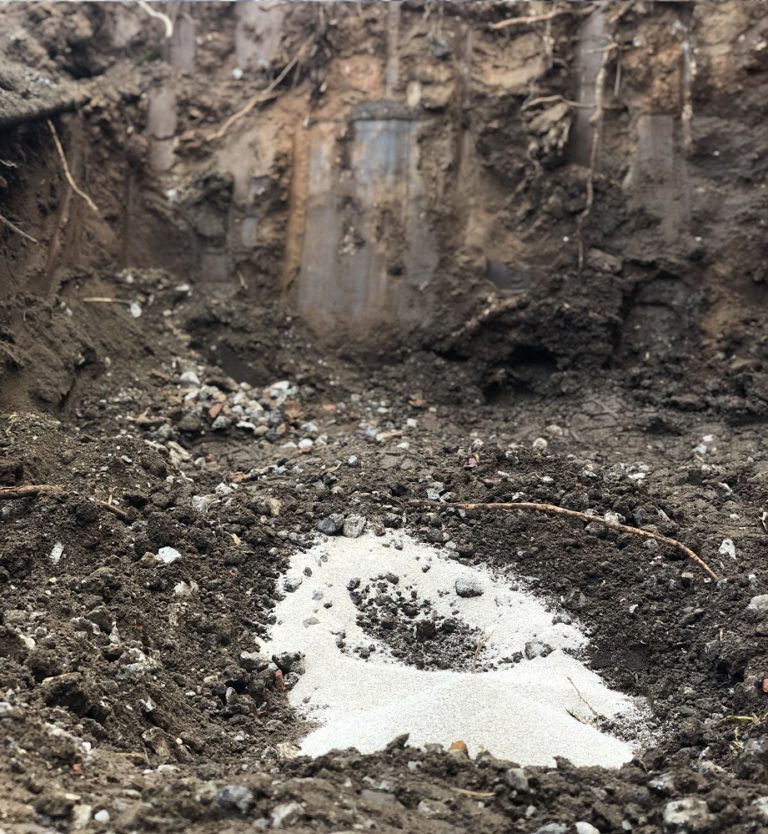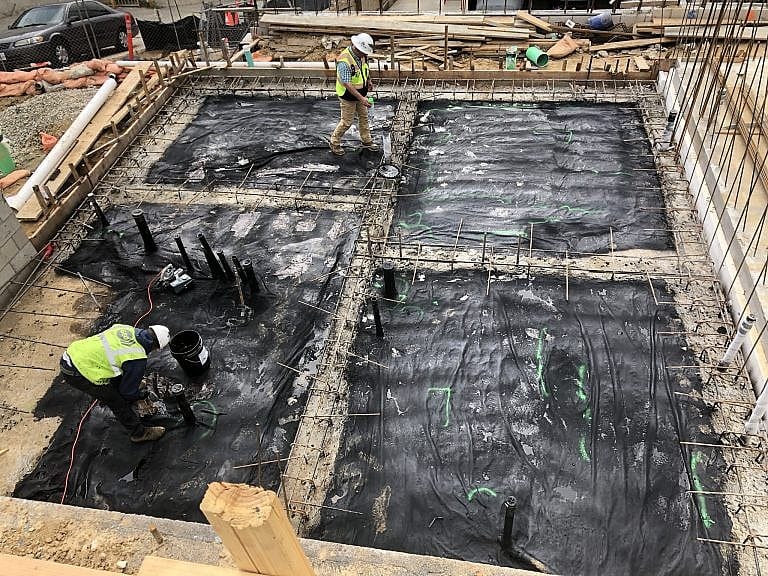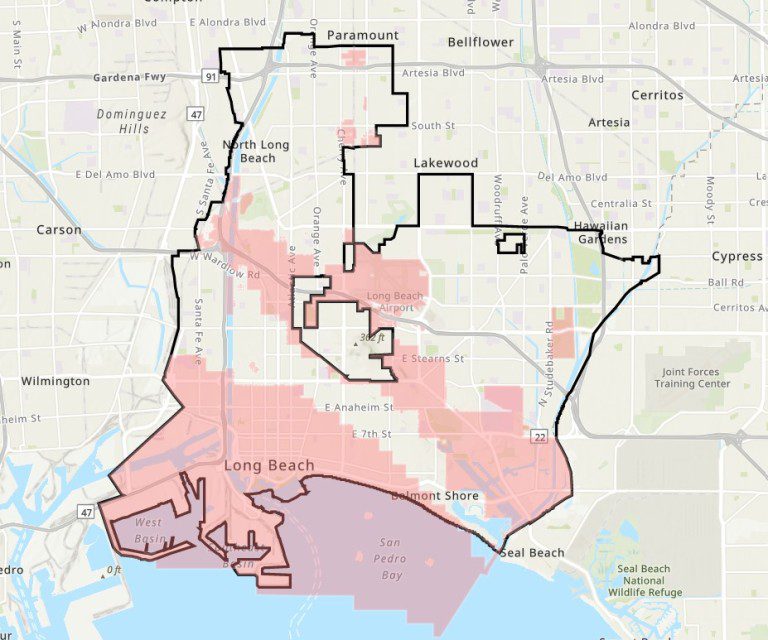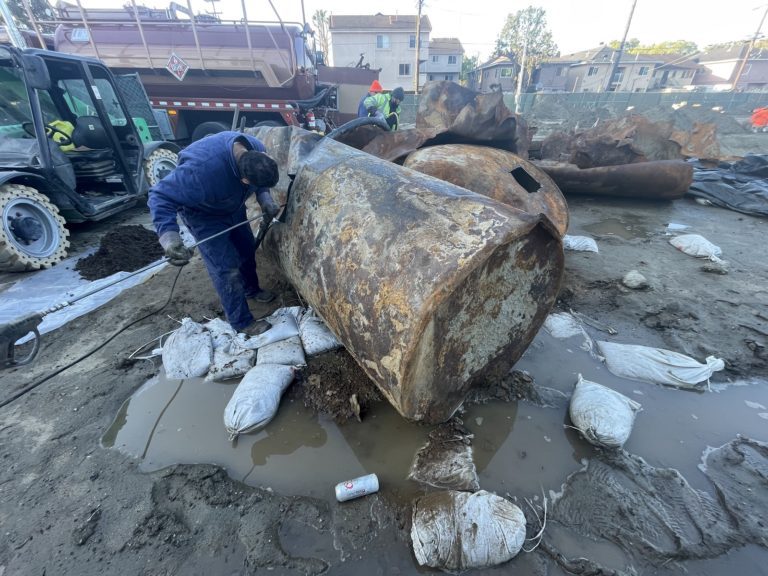What is the Methane Mitigation Process?
The methane mitigation process entails eliminating the risk of an explosive event at a building, as a result of hazardous soil vapor intrusion. Vapor intrusion is the natural process by which underground gasses migrate upwards and into buildings. So in the case of structures built atop contaminated soils, the chemicals from the subsurface change phases from liquid form to vapor form, and move indoors. These gasses take the path of least resistance. Thus, the small cracks and seams that always exist within a concrete slab are the preferred migratory pathway. And because methane itself shows no coloration or smell, occupants are unaware of its build-up. Updated April 8, 2024.
Land Developers Dealing With Methane Zones
The requirement to mitigate soil vapors isn’t exactly a land developer’s favorite thing to hear. Neither is learning about a project being within a methane zone. To most developers, the methane mitigation process is understood to be timely and costly. However, many of them also understand that it is a non-negotiable requirement for occupant safety. As technology improves and knowledge spreads, regulatory agencies also become more aware of the impacts on health and safety. As a result, environmental laws and health and safety regulations keep improving, to ensure a better future for America.
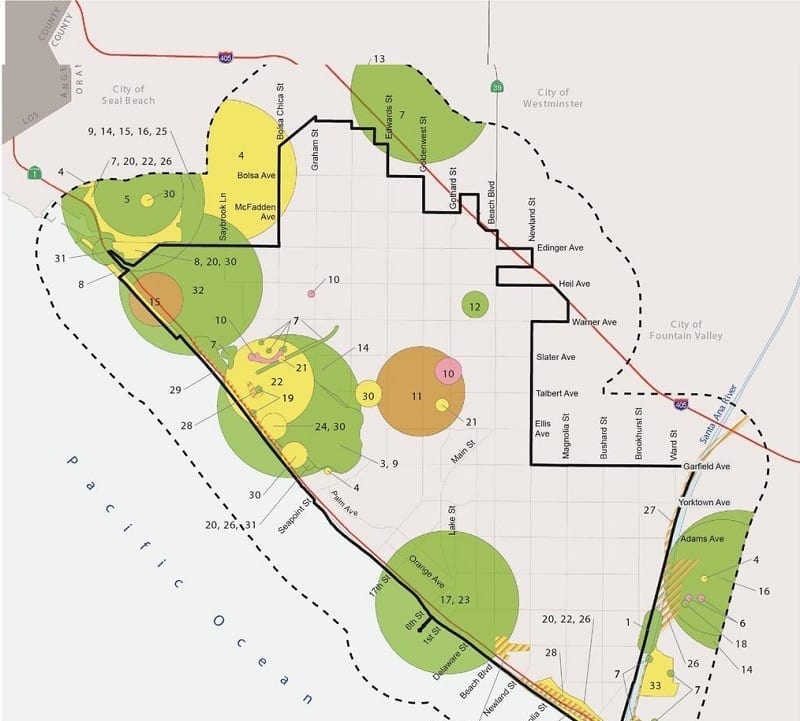
First Step – Test for Methane
Testing for methane soil gas underground might be the first step for any developer undergoing the methane mitigation process. This task generally entails drilling at a property and installing soil vapor probes for sampling. The sampling events take place over a period of 24 to 48 hours and require the oversight of a professional geologist. In fact, in some jurisdictions, the results of the methane soil test may serve to eliminate the methane mitigation requirement overall. In other cases, it helps optimize the parameters of a mitigation system, so that developers can reduce their costs and effort as much as possible, meanwhile satisfying the local agencies.
Methane Test Report Approval
Final methane test reports require submission to the local building department or methane mitigation authority. These reports undergo a strict review by agency caseworkers and may need changes or revisions. For this reason, it’s important to contact a proper methane testing company with experience in your area. A company with proper experience ensures that push-backs, revisions, and rejection don’t slow down the project.
Second Step – Design a Methane Mitigation Plan
A mitigation plan is the next step in building within a methane district. This is a special design process and generally requires the input and certification of a licensed geologist or engineer. The final set of architectural and structural plans is a prerequisite for the methane mitigation process. Additionally, a copy of the geotechnical report and grading plan is helpful for this design process. The geologist will prepare a complete set of methane mitigation plans. These include all the necessary calculations and specs for contractors to build. Similarly, the local building department’s standard plans can assist contractors with small and simple projects.
Methane Mitigation Plan Approval
As imaginable, methane mitigation plans need approval as well, before any building can commence. Typically, the same agency to review and approve the methane test reports will also review mitigation plans. In many cases, both of these items undergo review simultaneously. This is because mitigation plans comprise all the site-specific methane test data, to begin with.
Thirst Step – Build the Methane Mitigation System
Constructing a proper methane mitigation system, in accordance with building department codes and plans can be challenging. Especially when trying to schedule the work around the other job-site activities and timelines. Methane mitigation construction is a specialized area of work and requires barrier manufacturer certification, as well as authorization by my regulatory agencies.
Fourth Step – Get a Qualified Inspector to Double-Check
In almost every jurisdiction, the oversight agency will require that a special methane system inspector oversee and approve the construction of a mitigation system. This task is typically referred to as “Methane Deputy Inspection,” and requires a certification process. A deputy inspector is in charge of using his or her knowledge in the industry, to ensure, on behalf of the local building department, that a proper construction job is taking place. Deputy inspection is a crucial part of the methane mitigation process, as it remains the final step before the project can be signed off. To avoid any conflict of interest penalties, the deputy inspector should have no relation, whatsoever, to the contractor on the job.
More Information About Methane Mitigation Construction
Geo Forward’s testing methods and mitigation designs are purely objective and are in conformance with LADBS standards. For more information about methane testing, please review Geo Foward’s post “10 Things to Know Before a Methane Test.” And for more information about barrier construction, please review Geo Foward’s post “What to Know About Methane Mitigation Construction.”

